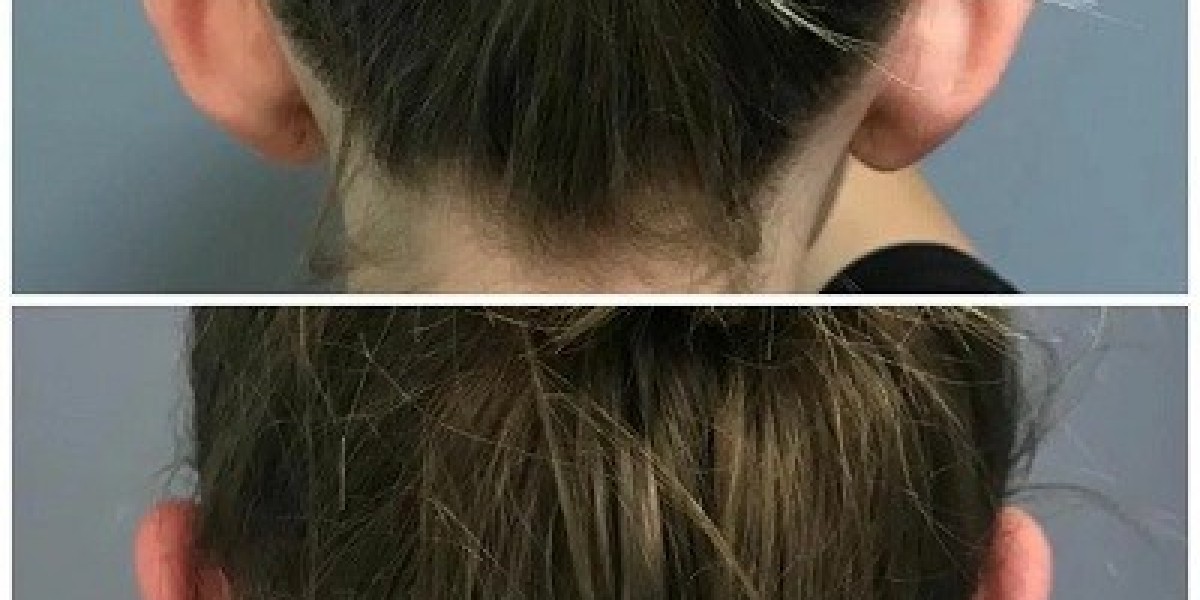Otoplasty, or ear reshaping surgery, is a popular cosmetic procedure that corrects the position, shape, or size of the ears. While the surgery itself is straightforward and typically performed on an outpatient basis, the recovery process plays a crucial role in achieving the best results. Whether you are a parent planning this procedure for your child or an adult considering it for aesthetic or reconstructive purposes, understanding the post-operative recovery timeline is essential for a smooth healing journey. Many patients who opt for Ear Reshaping in Islamabad benefit from expert care and effective aftercare guidance, ensuring optimal results with minimal downtime.
Immediate Post-Surgery Period: First 24 Hours
The first 24 hours after otoplasty are critical. Most patients will return home the same day of the procedure, as it is generally performed on an outpatient basis.
What to Expect:
Bandages: Your surgeon will wrap your ears in a soft, protective bandage to maintain the new shape and minimize swelling.
Discomfort: Mild pain, tightness, or throbbing is common. This is easily managed with prescribed pain medication.
Rest: You’ll be advised to rest with your head elevated to reduce swelling.
Nausea or dizziness: Some patients may feel light-headed due to anesthesia. This usually resolves quickly.
Pro tip: Avoid touching or bumping your ears. Refrain from strenuous activities and follow your surgeon’s instructions carefully.
Days 2–7: Managing Early Recovery
During the first week post-surgery, your body is actively healing. It is important to be cautious during this time to prevent complications.
Key Points:
Bandage removal: Typically, your surgeon will remove or replace the initial bandage after 2–3 days.
Switch to headband: You may be instructed to wear a headband that covers and protects the ears, especially while sleeping.
Mild swelling and bruising: These symptoms peak during this period and then begin to subside.
Stitches: Some stitches are dissolvable, while others may be removed during your follow-up visit.
Keep the area clean and dry. Avoid showering unless your surgeon has cleared you, and do not let water touch your incisions.
Week 2: Returning to Normal Routine
By the second week, you’ll begin to notice significant improvement in swelling and discomfort. Most patients feel well enough to return to work, school, or light activities.
Recovery Milestones:
Swelling subsides: About 60-70% of the swelling should reduce.
Minimal bruising: Any visible discoloration begins to fade.
Low-impact activity: You may resume walking and simple household tasks but still avoid strenuous workouts or bending over.
Things to Avoid:
Touching or folding the ears
Wearing glasses that rest heavily on the ears (opt for loose frames or alternatives)
Sleeping on your side
Week 3–4: Ears Begin to Settle
During weeks three and four, your ears will begin to take on their final shape. The incision sites are healing well, and discomfort should be nearly gone.
What’s Normal:
Minor tightness or tingling: These sensations are part of nerve healing.
Scar formation: Scars begin to mature but are usually hidden behind the ears.
Appearance: Ears start to look more natural and symmetrical.
Most patients feel comfortable going out in public without a headband. However, night-time protection is still advised.
One Month and Beyond: Long-Term Healing
At the one-month mark and beyond, you can enjoy the full results of your otoplasty. The ears should look natural, and most external signs of surgery will have diminished.
What to Expect:
Stable results: The ears maintain their new position and shape.
Scar maturation: Scars will continue to fade over several months.
Headband use ends: Most patients stop wearing a headband after 4–6 weeks.
Tips to Speed Up Recovery
Even though the healing process is relatively quick, following best practices can optimize your recovery:
Follow instructions strictly: Take medications as prescribed, attend follow-ups, and avoid prohibited activities.
Protect your ears: Avoid putting pressure on or pulling at your ears during sleep or while changing clothes.
Stay hydrated and eat well: Nutrition supports tissue repair and overall healing.
Avoid smoking: Smoking slows down healing and increases the risk of complications.
Avoid sun exposure: UV rays can darken scars and increase sensitivity. Always use sun protection or cover your ears if heading outdoors.
Signs You Should Contact Your Surgeon
While otoplasty is a low-risk procedure, it’s important to be aware of signs that require medical attention:
Uncontrolled pain or swelling
Fever or chills
Foul-smelling drainage or pus from the incision
Redness that continues to spread
Opening of the surgical site
If any of these symptoms appear, contact your surgeon immediately for guidance.
Frequently Asked Questions
Q: How long before I can sleep normally?
A: You’ll need to avoid side-sleeping for 2–4 weeks to prevent pressure on the ears. Sleeping on your back with your head elevated is safest.
Q: Will I have scars?
A: Yes, but they are usually hidden in the crease behind the ears and fade significantly over time.
Q: Can children go back to school soon after surgery?
A: Most children can return to school in 7–10 days, provided physical activity is restricted and ears are protected.
Why Recovery Matters in Achieving Desired Results
The success of your otoplasty doesn’t depend solely on surgical expertise—it’s also about how well you recover. Adhering to the timeline, understanding each recovery phase, and being proactive in your aftercare routine all contribute to long-term satisfaction with your results. Avoid rushing back to regular activities and give your body the time it needs to heal.
Conclusion: Trust Your Journey to the Experts at SKN Cosmetics Clinic
Otoplasty can be life-changing, improving not just aesthetics but also confidence and quality of life. However, a smooth and well-managed recovery is crucial to realizing these benefits. If you’re considering Ear Reshaping in Islamabad, choosing the right clinic is essential.
The SKN Cosmetics clinic in Islamabad is known for its skilled surgeons, patient-centered care, and advanced surgical techniques. Their team ensures that every step—from consultation to post-op recovery—is tailored to your unique needs, ensuring a safe, effective, and rewarding experience. Book your consultation today and take the next step toward reshaping your confidence.








